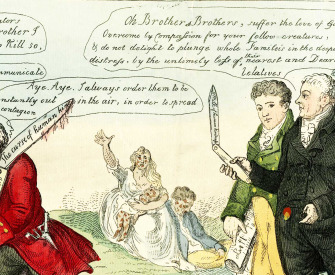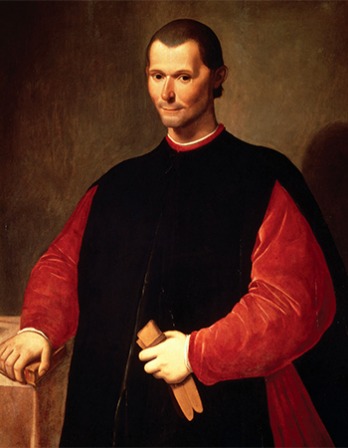The excess of apparel and the superfluity of unnecessary foreign wares thereto belonging now of late years is grown by sufferance to such an extremity that the manifest decay of the whole realm generally is like to follow (by bringing into the realm such superfluities of silks, cloths of gold, silver, and other most vain devices of so great cost for the quantity thereof) but also particularly the wasting and undoing of a great number of young gentlemen, otherwise serviceable, who, allured by the vain show of those things, do not only consume themselves, their goods, and lands that their parents left to them but also run into such debts and shifts as they cannot live out of danger of laws without attempting unlawful acts, whereby they are not any ways serviceable to their country as otherwise they might be.
Wherefore Her Majesty willeth and commandeth all manner of persons in all places within twelve days after the publication of this present proclamation to reform their apparel, upon pain of her highness’ indignation, and punishment for their contempts.
None shall wear in his apparel:
Any silk of the color of purple, cloth of gold tissued, nor fur of sables, but only the king, queen, king’s mother, children, brethren and sisters, uncles, and aunts.
Cloth of gold, silver, tinseled satin, silk, or cloth mixed or embroidered with any gold or silver, except all degrees above viscounts, and viscounts, barons, and other persons of like degree, in doublets, jerkins, linings of cloaks, gowns, and hose.
Velvet in gowns, coats, or other outermost garments; fur of leopards; embroidery with any silk.
Note that the meaning of this order is not to prohibit a servant from wearing any cognizance of his master.
From a proclamation. One of nine sets of sumptuary laws Elizabeth enforced during her reign, from 1558 to 1603, this proclamation furthered various statutes already put in place by her father, Henry VIII, and incorporated for the first time legislation on women’s dress—likely, scholars have argued, because the queen had become conscious of her own expensive tastes and hoped to avoid competition. Elizabeth used her executive power to legislate independently of Parliament more about dress than any other matter.
Back to Issue





